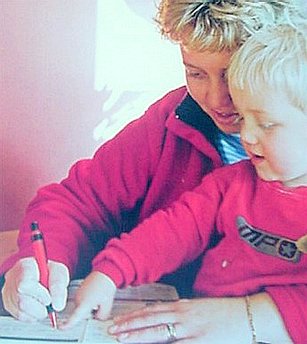
 If you want to learn about personalized teaching visit a classroom of a creative teacher.
If you want to learn about personalized teaching visit a classroom of a creative teacher.In the book written by my friend Bill he begins by writing:
‘Any classroom programme to be truly successful must value and respect the ideas viewpoints and interests of its students. Similarly the best of learning and its true reward for the learner is always found simply in the context of doing something of interest and doing it well.’
He continues, ‘When children are genuinely engaged in their learning and pursuing things that are of interest or of importance to them the way they will respond will be unique’.
Bill values the idea of developing students ‘voice’. He writes, ‘that if learning is sufficiently personalized not only will unique styles of writing be evident but also unique perceptions and perspectives will be conveyed and unique learning direction will be explored and developed.’
‘What is at stake is crucial to the extent that it may determine whether or not the learner will be able to develop as an independent and creative thinking individual in control of their own identity and their chosen path in life.’
‘It is crucial that a supportive environment is developed: that is, an environment that respects, values and encourages individual thought and expression. However it is important that this environment challenges and enriches, and taps into children’s natural curiosity about their world’
Bill is very much a co-constructivist teacher learning along side the children he teachers to ensure they develop personally meaningful ideas. He quotes NZ’s inspirational pioneer teacher Elwyn Richardson who wrote, ‘They are my teachers as much as I was theirs and the basis of our relationship was sincerity without which I am convinced there can be no creative education.’
If we want to explore the concept of personalized teaching we need to search out such teachers as Bill in our schools and share their insights with others. This is the best way to spread ideas, far preferable to having them imposed by contacted advisers.
Far too much creative work in school is distorted by trying to implement imposed curriculums, an over use of preplanned teacher intentions and pre-set criteria, resulting in work that while it may look impressive lacks the idiosyncratic ‘voice’ and style of students.
It would be a shame if the uniqueness of each individual was lost – if personalized teaching recognize this it would be a positives move.
There is nothing new about personalized learning! It has always underpinned curative teachers approach to learning.












